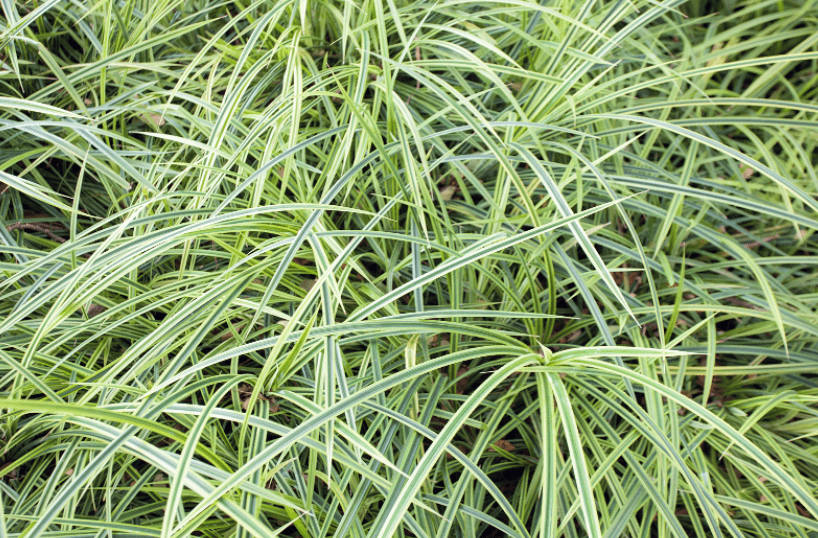Monkey Grass Monster
There could be a monster in your garden: King Kong of the garden. If you’re monkeying around with monkey grass, be careful.
About 12 different plant species in North America are all related to lilies and are The lily family, or Liliaceae is traditionally classified as a subfamily of the lily family.
(According to more “modern” classifications, these plants are members of the asparagus family.) These plants are popular in garden borders and as ground covers, and they are frequently grouped as various types of “monkey grass.”
Yes, they are chimps – er, champs – as border plants.
These various species are essentially contained within the two genera, Ophiopogon and Liriope, native to eastern Asia.
By the way, Liriope is commonly pronounced “LEERY-ope,” but you may also hear “leer-RYE-o-pee” or even “LEER-up.”
Pronounce it any way you want, and if your gardening friends get upset about it, ignore them. The Liriope and Ophiopogon species foliage is very similar, making different monkey grass species challenging to distinguish.
To differentiate the flowers, taxonomists must rely on the technical characteristics of the flowers. Informally, they are referred to as “Liriopogons,” a made-up and gibbon name (oops, I mean “given” name).
Liriope species are now aggressively spreading plants with arching leaves and flower stalks that rise above the foliage.
Liriope species are the plants most commonly referred to as “monkey grass” or “lily turf,” and southern gardeners have one of two reactions to them: hate or love.
Taking Over Your Garden
Liriope species can be venomous because they spread and take over your garden, devouring everything in their path. Gardeners frequently complain that they never planted the stuff and have no idea how it got there.
Or you may hear a heartbreaking story about planting “just a little bit” of monkey grass (Liriope) during a gardening frenzy, only to have it grow into an uncontrollable patch.
This is one of the primate (oops, I mean “primary”) reasons why it should not be grown. However, if properly maintained, it makes an excellent border and can help with erosion control and provide good color from the white or purple flowers held high on stalks above the leaves.
The flowers are followed by gleaming blackberries. And, of course, the leaves are a lovely dark green throughout the summer. Some are patterned.
Now it’s time to change gears. Ophiopogon japonicus, this week’s “Mondo grass,” is a species of Ophiopogon. It’s a tiny plant with a tight clump of slick, wiry foliage shorter than Liriope.
It is capable of spreading, but it can also provide an excellent ground cover in shady areas if that is what you want.
Its flower stalks are very short, never reaching the height of the leaves, and thus go unnoticed. Its berries are usually hidden within the plant, which is a shame because they are a lovely shade of turquoise blue.
They’ll enthrall you, but they can also be intrusive. Invasive – and which do you prefer: a garden or a “Planting of the Apes”?
Pest Problems
Monkey Grass is literally Pest Free, Do not mistake it for Grass Monkey Pest Control company offering lawn care services.























